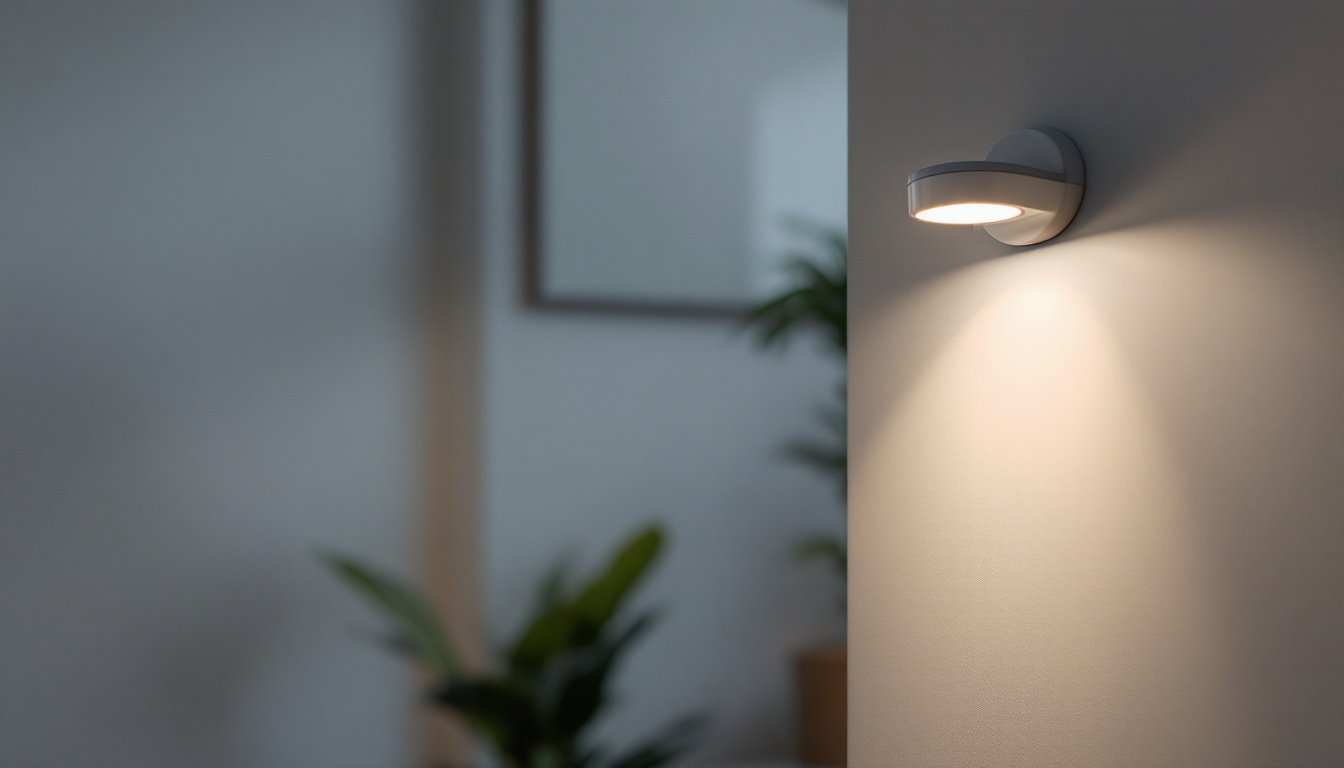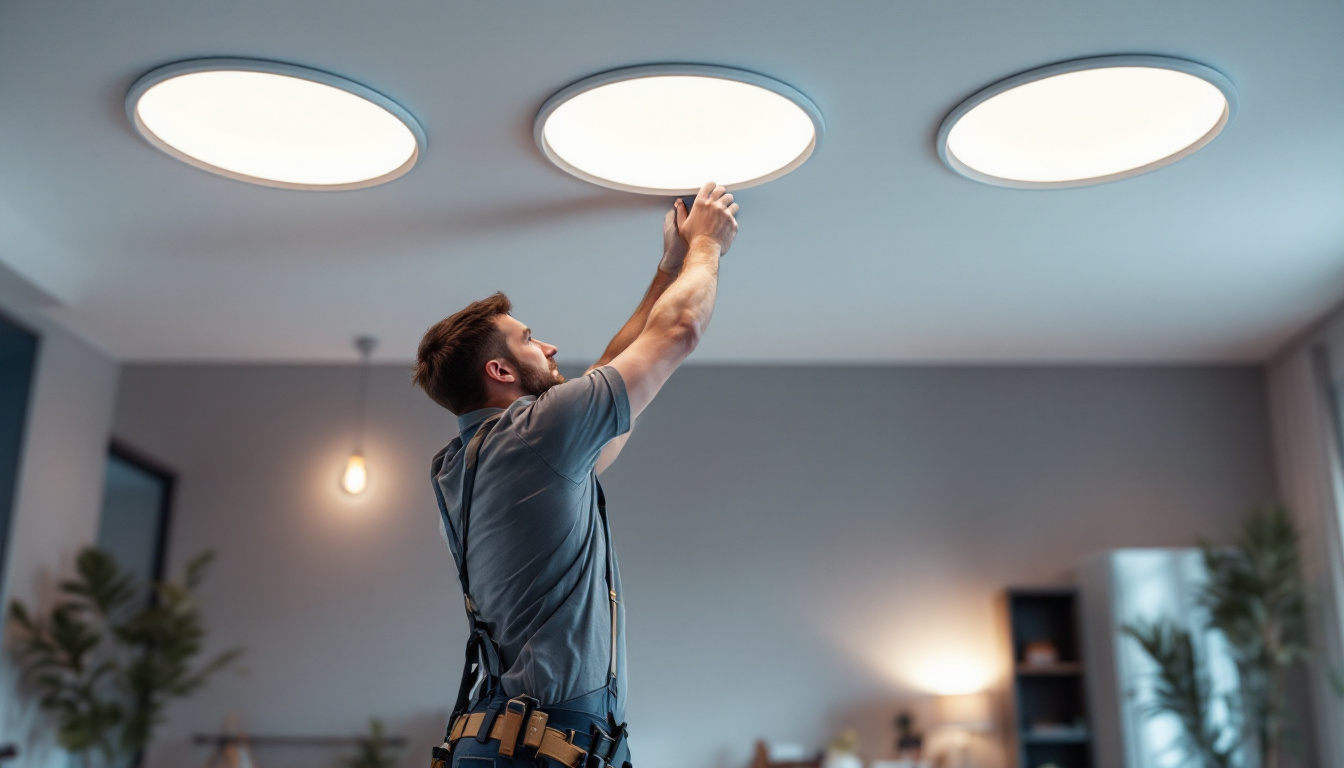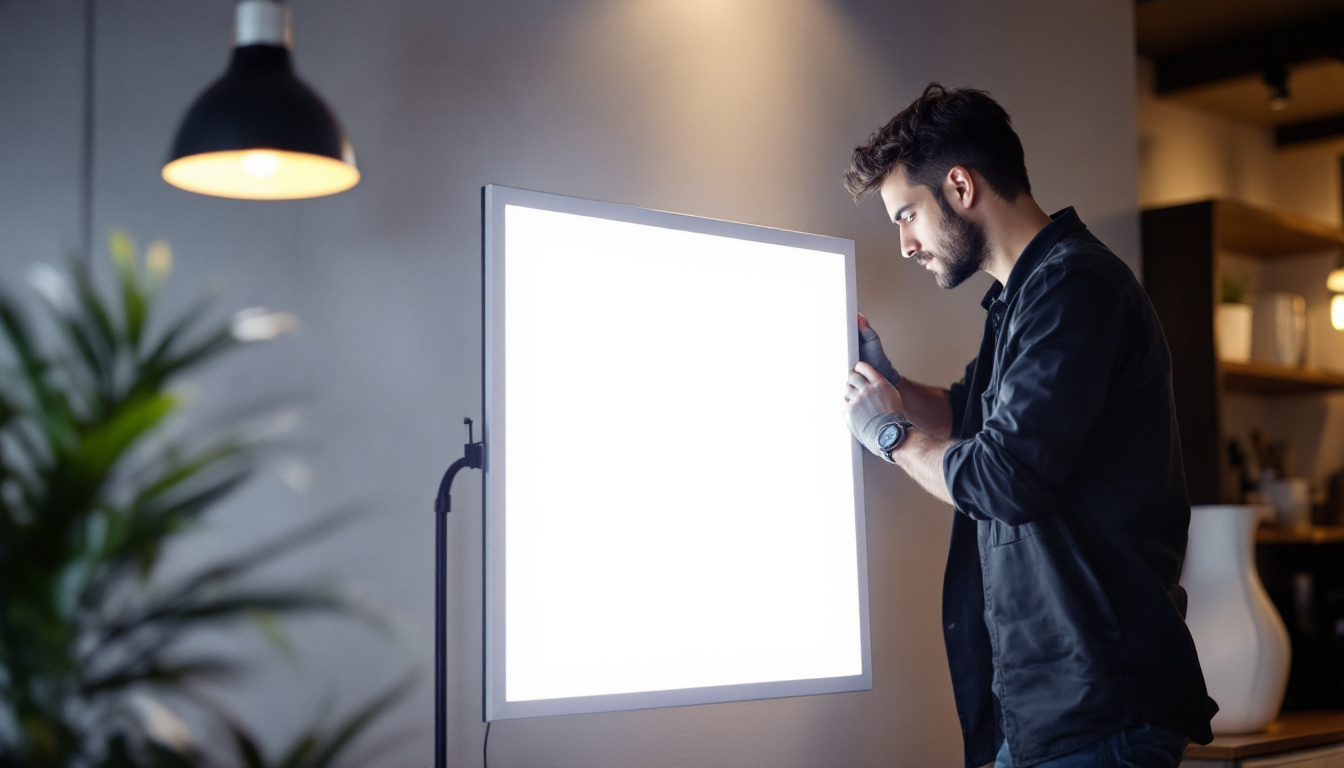
In the evolving world of lighting technology, motion sensor lights have emerged as a pivotal element in both residential and commercial spaces. As a lighting contractor, understanding how to integrate these systems effectively can not only enhance the functionality of your projects but also ensure they remain relevant in the future. This article delves into the various aspects of motion sensor lights, their benefits, and how to future-proof your lighting projects.
Motion sensor lights are designed to automatically turn on when they detect movement within a certain range. This feature not only provides convenience but also enhances security and energy efficiency. By utilizing various technologies such as passive infrared (PIR) sensors, ultrasonic sensors, and dual-technology sensors, these lights can cater to different environments and needs.
Each type of motion sensor has its unique advantages, making it essential to choose the right one for your specific project. Passive infrared sensors are the most common, detecting heat emitted by objects in their field of view. Ultrasonic sensors, on the other hand, use sound waves to detect motion, making them suitable for areas where heat detection may be unreliable. Dual-technology sensors combine both methods, offering increased reliability and reducing false triggers.
Another emerging technology in motion sensing is the use of microwave sensors, which emit microwave pulses and measure the reflection off moving objects. These sensors are particularly effective in larger spaces and can penetrate obstacles like walls or foliage, making them ideal for outdoor applications. Additionally, advancements in smart technology have led to the integration of motion sensors with home automation systems, allowing users to control lighting remotely and customize settings based on their routines.
Motion sensor lighting can be employed in various applications, from residential settings to commercial environments. In homes, they are often used in hallways, bathrooms, and outdoor areas to provide safety and convenience. In commercial spaces, motion sensors can enhance security in parking lots, lobbies, and storage areas, ensuring that lights are only on when needed.
Furthermore, motion sensor lights are increasingly being utilized in public spaces such as parks and pathways, where they can illuminate dark areas to deter crime and enhance safety for pedestrians. In industrial settings, these lights can help to reduce energy costs by ensuring that lights are only activated when workers are present. The versatility of motion sensor lighting makes it a valuable addition to any space, promoting not only safety but also sustainability by minimizing unnecessary energy consumption.
The integration of motion sensor lights offers numerous advantages that can significantly impact the overall efficiency and appeal of a project. Understanding these benefits can help contractors advocate for their use to clients effectively.
One of the most compelling benefits of motion sensor lighting is its energy efficiency. By ensuring that lights are only on when necessary, these systems can lead to substantial energy savings. This not only reduces utility costs but also aligns with growing sustainability goals, making projects more appealing to environmentally conscious clients. Furthermore, the longevity of LED motion sensor lights can contribute to reduced waste, as they typically have a longer lifespan compared to traditional lighting options. This means fewer replacements and less environmental impact over time, which can be a significant selling point for clients looking to make greener choices.
Motion sensor lights serve as a deterrent to potential intruders. The sudden illumination triggered by movement can startle trespassers and alert homeowners or security personnel to unusual activity. This added layer of security is particularly valuable in residential and commercial properties alike. In addition to their immediate security benefits, motion sensor lights can also be integrated with smart home systems, allowing for remote monitoring and control. This means that homeowners can receive alerts on their smartphones when motion is detected, providing peace of mind even when they are away. Moreover, the presence of motion-activated lighting can enhance the overall safety of outdoor spaces, such as walkways and parking lots, by illuminating these areas during the night, thereby reducing the risk of accidents or injuries.
As technology continues to advance, it is crucial for lighting contractors to consider how to future-proof their projects. This involves selecting systems and components that will remain relevant and functional in the years to come.
Incorporating smart technology into motion sensor lighting systems is a key step in future-proofing. Smart motion sensors can be integrated with home automation systems, allowing users to control lighting through mobile apps or voice commands. This level of interactivity not only enhances user experience but also positions the project at the forefront of technological advancements.
When selecting motion sensor lights, it is essential to choose products that are compatible with existing systems and can be easily upgraded in the future. This may involve selecting fixtures that can accommodate new technologies or ensuring that wiring and infrastructure can support future enhancements. By planning for upgrades, contractors can save clients time and money in the long run.
Proper installation is critical to the effectiveness of motion sensor lighting. Following best practices ensures that the systems function optimally and meet the needs of the space.
The placement of motion sensors is vital for their performance. Sensors should be installed at a height that maximizes their detection range while minimizing the chances of false triggers. Additionally, avoiding obstructions such as furniture or plants can enhance the sensor’s ability to detect movement accurately.
Once installed, thorough testing and calibration of motion sensors are essential. This process involves adjusting sensitivity settings and ensuring that the sensors respond appropriately to movement. Regular maintenance checks can help identify any issues early on and ensure that the system continues to operate efficiently.
While motion sensor lighting offers numerous benefits, there are challenges that contractors may encounter during installation and use. Being prepared to address these challenges can enhance the overall success of a project.
One of the most common issues with motion sensor lights is false triggering, which can occur due to pets, passing vehicles, or even changes in temperature. To mitigate this, selecting sensors with adjustable sensitivity settings can be beneficial. Additionally, positioning sensors away from high-traffic areas can help reduce unwanted activation.
Motion sensors have specific coverage areas, and understanding these limitations is crucial. In larger spaces, multiple sensors may be required to ensure adequate coverage. Conducting a site assessment can help determine the optimal number and placement of sensors to achieve the desired effect.
Motion sensor lights can be effectively integrated with other lighting solutions to create a cohesive and efficient lighting design. This integration can enhance the functionality and aesthetic appeal of a space.
Incorporating motion sensor lights with ambient lighting can create a layered lighting effect that enhances the overall atmosphere of a space. For example, using motion sensors in conjunction with dimmable LED lights allows for automatic illumination when someone enters a room while maintaining a soft ambient glow during periods of inactivity.
Task lighting can also benefit from the addition of motion sensors. In workspaces or areas where specific tasks are performed, motion sensors can ensure that lights are activated when needed, providing optimal visibility without wasting energy. This approach not only improves functionality but also contributes to a more efficient workspace.
When selecting motion sensor lights for a project, it is essential to consider several factors to ensure the best outcomes. Choosing the right products can make a significant difference in the performance and longevity of the lighting system.
Investing in high-quality motion sensor lights is crucial for long-term satisfaction. Products from reputable manufacturers are more likely to offer reliable performance and durability. Researching product reviews and seeking recommendations from industry peers can help in making informed decisions.
Energy efficiency ratings and certifications are important indicators of a product’s performance. Look for lights that are ENERGY STAR certified or have similar ratings, as these products meet strict energy efficiency guidelines. This not only benefits clients in terms of cost savings but also supports broader environmental initiatives.
As technology continues to evolve, staying informed about industry trends is essential for lighting contractors. This knowledge can help in making educated decisions about product selection and project design.
Keeping an eye on emerging technologies, such as advancements in LED lighting and smart home integration, can provide valuable insights into future opportunities. Understanding these trends allows contractors to offer innovative solutions that meet the changing needs of clients.
Engaging with industry associations, attending trade shows, and participating in workshops can enhance knowledge and skills. Networking with other professionals can also lead to valuable partnerships and collaborations, further enriching the contractor’s expertise and service offerings.
Incorporating motion sensor lighting into indoor projects not only enhances functionality but also aligns with the growing demand for energy efficiency and smart technology. By understanding the various types of motion sensors, their benefits, and best practices for installation, lighting contractors can future-proof their projects effectively. Staying informed about industry trends and selecting high-quality products will ensure that lighting solutions remain relevant and efficient for years to come. As the landscape of lighting technology continues to evolve, embracing innovation will be key to maintaining a competitive edge in the market.
Ready to elevate your lighting projects with the latest in motion sensor technology? Look no further than LumenWholesale for all your lighting needs. Our extensive selection of spec-grade lighting products ensures you have access to the most advanced and reliable options on the market. With unbeatable wholesale prices and the convenience of free shipping on bulk orders, you can secure the best value for your projects without any hidden fees. Don’t compromise on quality or cost—choose LumenWholesale for Wholesale Lighting at the Best Value and future-proof your lighting installations today.

Discover essential tips and common pitfalls for lighting contractors navigating LED technology.

Discover the key factors that distinguish top lighting contractors when it comes to installing light tube ceilings.

Discover the top recessed LED lighting solutions with our expert guide tailored for lighting contractors.

Discover why 2X4 panel LED lights are revolutionizing the lighting industry for contractors.